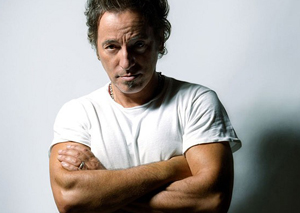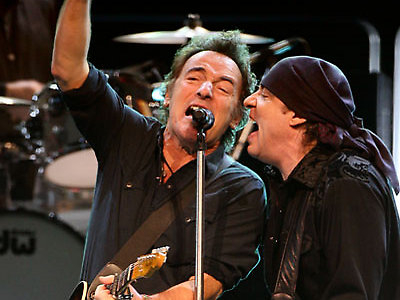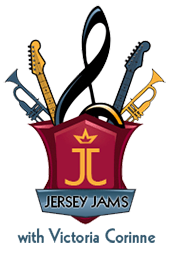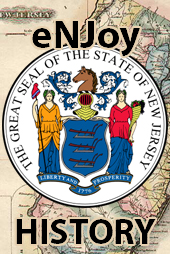 Do you remember how it started? It was hard to be a saint in the city, whether it was Asbury Park or in the tunnels uptown. We hung out with girls named Sandy and Cherry and Candy, and, no, none of them was a stripper. Rosalita came out at night and a meeting across the river took place with a guy named Eddie, who had something stuffed in his pocket. It looked like he was carrying a friend. The spirits in the night took us from Jungleland to the tilt-a-whirl, where our shirt got caught. In the end it was OK, because eventually we all pulled out of there to win.
Do you remember how it started? It was hard to be a saint in the city, whether it was Asbury Park or in the tunnels uptown. We hung out with girls named Sandy and Cherry and Candy, and, no, none of them was a stripper. Rosalita came out at night and a meeting across the river took place with a guy named Eddie, who had something stuffed in his pocket. It looked like he was carrying a friend. The spirits in the night took us from Jungleland to the tilt-a-whirl, where our shirt got caught. In the end it was OK, because eventually we all pulled out of there to win.
Flash forward four decades. The music of Bruce Springsteen reached across generations and anyone who had seen his combination concert/ religious revival became a fan for life. It was more than a show; it was a time-capsuled event that seemed to go on forever. In Finland on his recent tour the boss played for four hours. That’s longer than the scheduled tour of the S.S. Minnow. He has been quoted, voted, and decoded. And now, he is being discussed along with literary giants like Hemmingway, Mailer and Walt Whitman. It is no secret that pop culture has redefined our academia. Undergrads at universities nationwide can audit courses in everything from dissecting 1960’s TV shows to the effects of Kardashian’s contribution to global warming. So why would we be surprised to find a symposium on the lyrics and cultural impact of Bruce Springsteen?
 In September 2005, “Glory Days: A Bruce Springsteen Symposium” drew hundreds of educators, journalists, historians, musicologists and fans interested in scholarship regarding Bruce Springsteen and his influence on American culture. With consistent interest in a follow-up conference, September 2009 brought the second installment of the symposium. Participants for both symposiums came from all over the United States and many countries around the world. Hundreds of academic papers have been presented and participants have been treated to keynote addresses by Dave Marsh, Bob Santelli, Bobby Muller, Joe Grushecky, Bill Ayres, Barbara Hall, Frank Stefanko, Danny Federici, Vini Lopez, Thom Zimny and others. The symposiums have received national and international press coverage through The New York Times, The Boston Globe, the BBC, and The Chronicle of Higher Education.
In September 2005, “Glory Days: A Bruce Springsteen Symposium” drew hundreds of educators, journalists, historians, musicologists and fans interested in scholarship regarding Bruce Springsteen and his influence on American culture. With consistent interest in a follow-up conference, September 2009 brought the second installment of the symposium. Participants for both symposiums came from all over the United States and many countries around the world. Hundreds of academic papers have been presented and participants have been treated to keynote addresses by Dave Marsh, Bob Santelli, Bobby Muller, Joe Grushecky, Bill Ayres, Barbara Hall, Frank Stefanko, Danny Federici, Vini Lopez, Thom Zimny and others. The symposiums have received national and international press coverage through The New York Times, The Boston Globe, the BBC, and The Chronicle of Higher Education.
Quite simply, the boss is back. With a new album debuting in March, the passing of longtime friend and E-Street band member Clarence Clemmons, and the resurgence of his music resonating through popular and political landscapes, the time has come for another look at the man and his music. Monmouth University will present, “Glory Days: a Bruce Springsteen Symposium” from September 14-16 on their beautiful campus in West Long Branch as well as concerts at the legendary Stone Pony in Asbury Park. In attendance will be scholars, educators, journalists, historians, sociologists and cultural anthropologists. There might also be a music fan or two.
History will record the achievements of the lyrical and motivational power of his body of work. This is a chance to experience the present day artist in his prime, a prime that has outlasted many of his peers and most of his critics. Go, ‘cause baby, you were born to run.





























